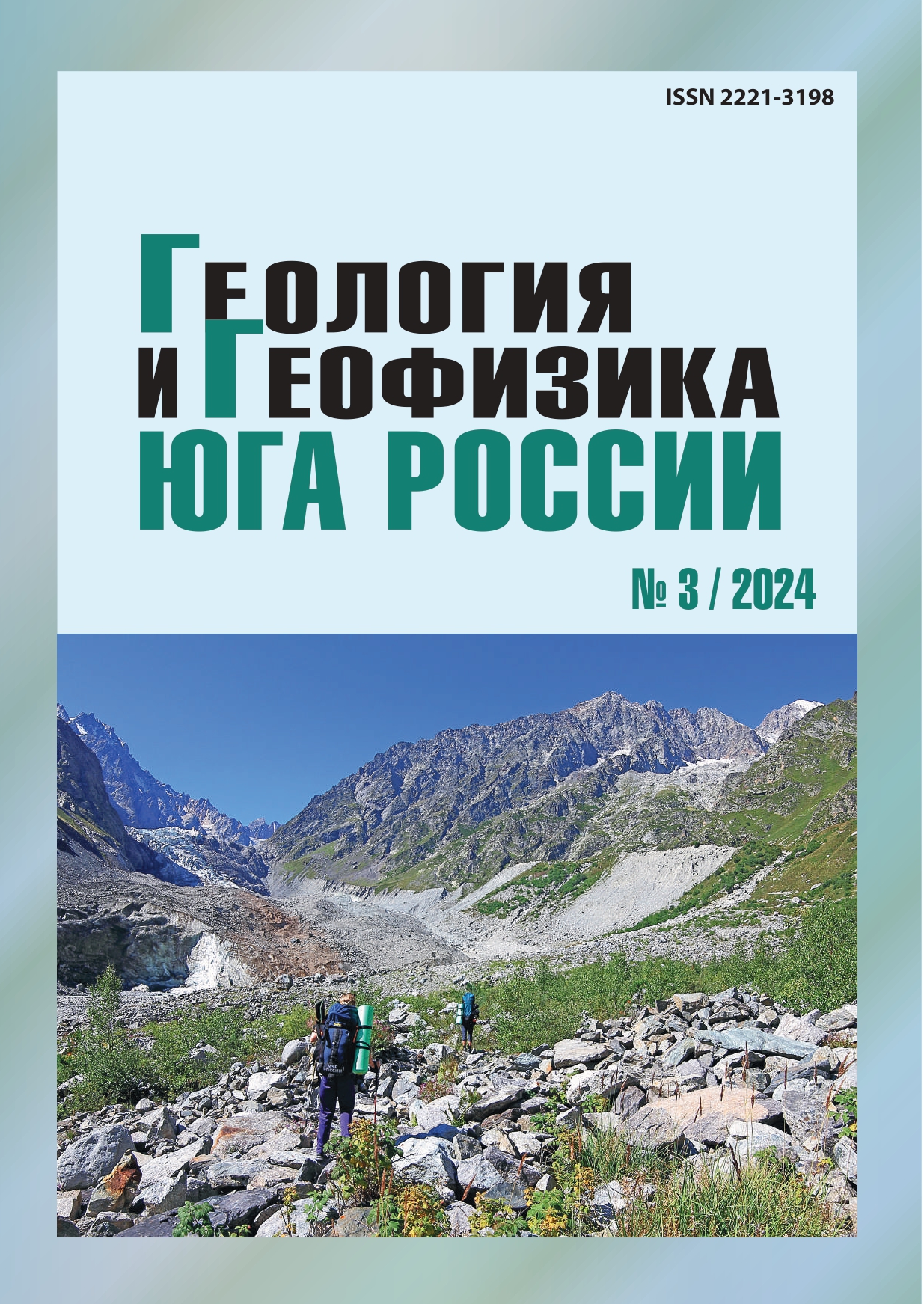Three-dimensional geoecological models in forecasting sea level on Black Sea coast of Caucasus
Abstract
Relevance. Climate change and its associated economic consequences are intensifying geoecological risks along the Black Sea coast of the Caucasus, with the subtropical zone of Russia being particularly affected. Although this region has great potential for beach tourism development, it is increasingly experiencing dangerous hydrometeorological phenomena of high intensity. To ensure sustainable development of coastal infrastructure and implement effective measures to protect the coastline, it is important to accurately predict interannual variability and extreme fluctuations in the Black Sea level. The aim of the research is to improve methods for forming three-dimensional geoecological models when forecasting sea levels on the Black Sea coast of the Caucasus. The methods involved using a comprehensive approach, combining the analysis of existing literature with data from the Unified State Information System to create a database of the Black Sea level (for the city post). Sea level values were statistically processed and supplemented using three-dimensional interpolation. The formation of three-dimensional models was carried out in the Gnuplot program, and regression models (for two-dimensional problem formulation) were created in MS Excel using the least squares method. The research resulted in the development of an author’s approach to processing long-term time series data, which allows for a significant modification of approaches to the formation of three-dimensional geoecological models. As a result, it was established that for every 1st and 5th year, the increase in observation time from 1927 to 2017 leads to an increase in the Black Sea level, following a polynomial law, by 5.4%. Most of this growth is attributed to the last 20 years. Further research should be conducted in the direction of effective integration of the author’s approach into geostatistical analysis for the improvement of GIS technologies.


